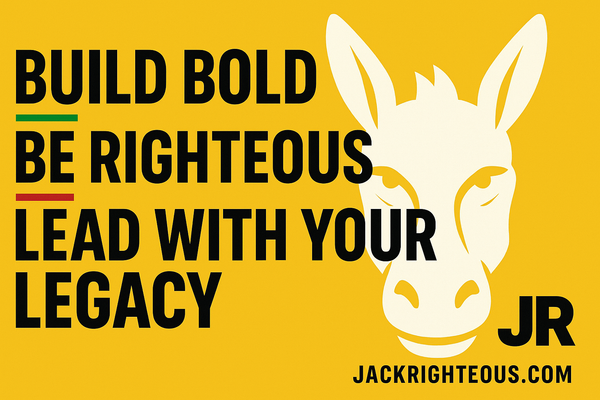Mood Boards That Convert | AI Visual System for Creators
DESIGN MOOD BOARDS THAT DRIVE ACTION
Crafting Pinterest-Ready Collections That Build Engagement and Guide Creative Direction
🎯 Purpose of a Mood Board in AI Visual Workflows
Mood boards aren't just collages. They're strategic visual blueprints — helping you define tone, texture, energy, and direction before you invest time or credits into full scene building.
In AI workflows, mood boards act as:
-
Creative anchors — keeping your style consistent
-
Collaboration tools — aligning teams or clients
-
Conversion drivers — when designed for platforms like Pinterest or IG
Not all mood boards serve the same purpose. Choose the right type for your campaign stage:
| Purpose | Target Outcome |
| Music Visual Identity | Establish visual tone across video, cover, and reels |
| Product Launch Style | Lock in brand color, texture, and iconography |
| Story World Preview | Preview fictional environments, energy, and arc |
| Pinterest/IG Engagement | Maximize saves, shares, or outbound product clicks |
Use this prompt to guide your intent:
“Create a mood board to help define the [emotional tone + visual signature] of a [music project / visual campaign / product line]. Include symbolism, colors, textures, and lighting themes.”
🧱 Step 2: Build in Flow State Mode (Leonardo AI)
Mood boards benefit from visual variation within a style constraint. Flow State forces single-tag focus, which gives visual cohesion.
Steps:
-
Open Flow State Mode
-
Select one tag per category:
-
Lighting (e.g., Chiaroscuro, Golden Hour, Neon Glow)
-
Vibe (e.g., Concept Art, Watercolor, Spiritual Dreamscape)
-
Color Theme (e.g., Warm Tones, Burgundy Blue, Cool Tones)
-
Shot Type (e.g., Low Angle, Wide Shot, Macro)
-
-
Prompt Example:
“Ancient symbols floating in mist, cinematic, chiaroscuro lighting, mystical tone, concept art, low angle, warm tones”
-
Generate → Save best frames
-
Repeat with slight variations across 3–5 prompts
🎨 Step 3: Design a High-Converting Mood Board
Once you have 6–12 images:
-
Create a folder in Leonardo for the project.
-
Download all final selections with clear file names (e.g.,
mood1_firelight.jpg) -
Use Canva or Leonardo Collage Tools (external or screenshot) to arrange images into:
-
2x3 Grid (Pinterest standard)
-
1x3 Triptychs (Storyline preview)
-
Thematic Rows (e.g., one row each for mood, color, symbolism)
-
📐 Pinterest favors 1000x1500 px vertical pins. Choose Canva’s “Pinterest Pin” template for best results.
📌 Platform Tip: Pinterest
-
Upload each mood board as a Pin
-
Add a compelling title (e.g., "Visual Language for Prophetic Music Drop")
-
Use a CTA in the description:
“Part of the Jack Righteous visual stack. Explore how we use AI to power mission-first brand drops.”
🤖 Step 4: Automate Prompt Ideation with GPT
Ask GPT:
“Based on these 3 mood board directions [describe], generate 10 visual prompts with Leonardo AI tag integrations. Each should reflect a different emotional tone, subject variation, or storytelling layer.”
Have GPT also generate Pin titles, Pinterest descriptions, and hashtags using your mood board goals.
💼 Pro Integration: Tie to Product or Launch Funnel
Each mood board should link to:
-
A music release (e.g., Spotify, YouTube video)
-
A product drop (e.g., Shopify visuals)
-
A profile funnel (e.g., The Righteous Beat or Creator Spotlight Page)
Mood boards convert best when they:
-
Preview something coming
-
Signal style/brand shifts
-
Encourage viewers to save and revisit
Suggested Funnel Assets:
📁 Bonus: Mood Board Tracker Template
Create a table or Notion board:
| Mood Board Title | Purpose | Primary Tags | Platform | CTA Used | Results |
| Firelight Symbols | Visual Drop for EP | Chiaroscuro, Deep Teal | “Save for EP drop” | 114 saves | |
| Spiritual Skyline | Brand Theme Test | Golden Hour, Concept Art | IG | “Follow for full series” | 210 saves |
🔁 Next Step:
Once your mood board is pinned, shared, and live:
-
Monitor engagement metrics
-
Use highest-performing board as your style guide
-
Expand into animation with the Motion Tool
-
Begin mapping your next visual board for a story chapter, song, or product line
Mood boards are more than creative tools — they’re growth assets.
Build them with purpose. Release them with precision.
